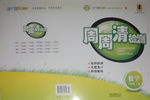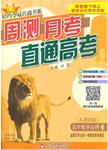题目内容
4. Don’t worry!You’ 11 quickly (适应学生生活) .
4. adjust yourself to student life

练习册系列答案
 周周清检测系列答案
周周清检测系列答案 轻巧夺冠周测月考直通高考系列答案
轻巧夺冠周测月考直通高考系列答案
相关题目
题目内容
4. Don’t worry!You’ 11 quickly (适应学生生活) .
4. adjust yourself to student life

 周周清检测系列答案
周周清检测系列答案 轻巧夺冠周测月考直通高考系列答案
轻巧夺冠周测月考直通高考系列答案